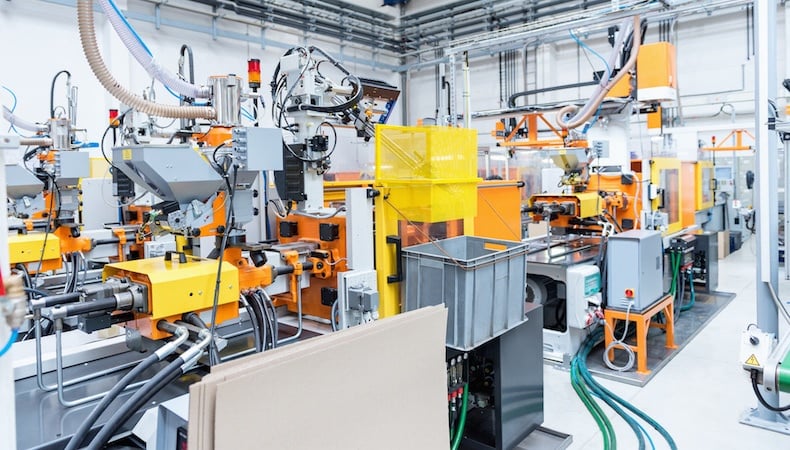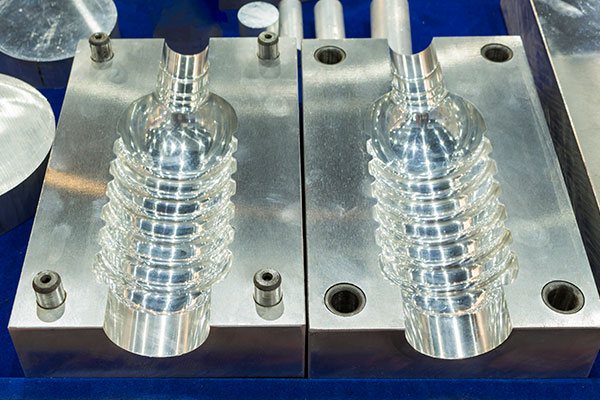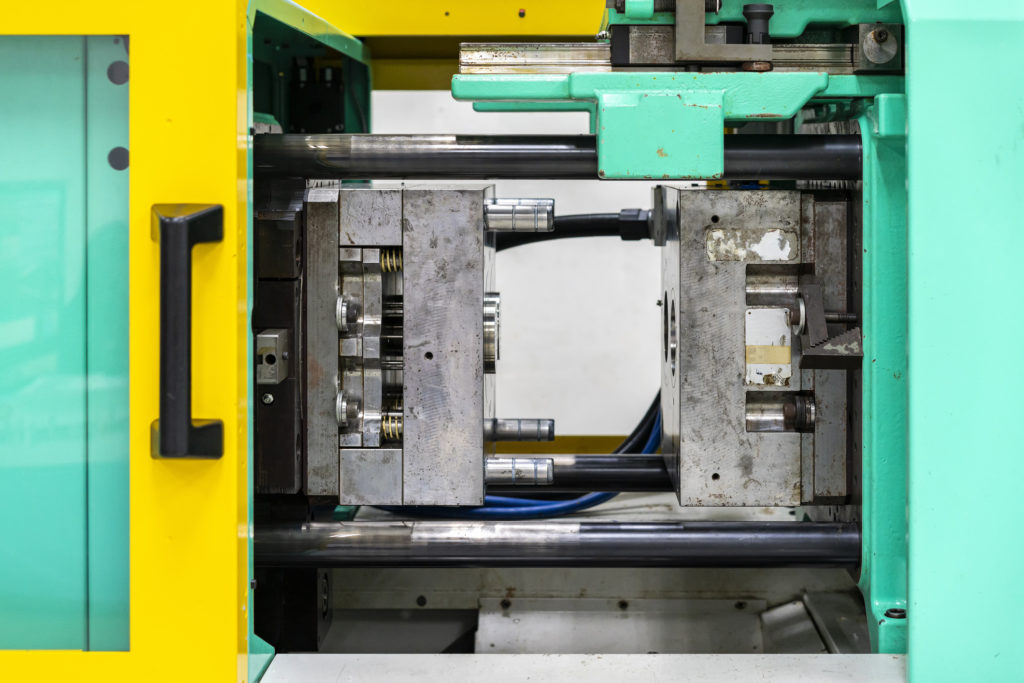Recognizing the Fundamentals of Plastic Shot Molding Processes
Plastic injection molding acts as a foundation of modern-day manufacturing, offering a methodical method to generating complex elements with precision. This procedure not just encompasses the fundamental steps of melting and injecting materials into molds however likewise entails a nuanced understanding of numerous affecting elements, such as temperature and pressure. As markets significantly require performance and quality, the ins and outs of this approach become more vital. Checking out these important aspects might reveal exactly how even small changes can lead to significant enhancements in manufacturing results, raising concerns regarding the potential for development in this well established procedure.
What Is Plastic Shot Molding?
Plastic injection molding is an extensively utilized production procedure that transforms thermosetting and thermoplastic products right into specific and complex forms. This strategy is preferred for its capacity to produce high volumes of similar get rid of exceptional accuracy, making it an important approach in various markets, including vehicle, customer items, and clinical devices.
The process includes thawing the chosen plastic material and injecting it right into a mold and mildew under high stress. The mold, made to the requirements of the preferred component, allows the molten plastic to form as it strengthens and cools. When the material has actually hardened, the mold is opened, and the completed element is expelled.
Plastic shot molding provides a number of benefits, including minimized waste, uniformity in manufacturing, and the capability to include intricate designs that may be testing with other making methods. In addition, it sustains a broad variety of materials, each offering distinct residential or commercial properties that can be customized for specific applications. As sectors continue to innovate, plastic shot molding continues to be at the forefront, making it possible for the advancement of innovative products that fulfill evolving consumer needs.
The Shot Molding Process
The injection molding procedure is an innovative strategy that includes a number of crucial stages to generate top quality plastic components. Plastic pellets are fed right into a heated barrel where they are melted right into a viscous liquid. This molten plastic is then injected under high pressure into a precision-engineered mold, which forms the material into the preferred form.
Once the mold is filled up, the plastic is enabled to strengthen and cool, taking the form of the mold and mildew dental caries. Cooling time is important, as it impacts the cycle time and the last residential properties of the shaped part. After enough air conditioning, the mold and mildew opens, and the ended up element is ejected using ejector pins.

Products Used in Injection Molding
Various products can be made use of in the shot molding procedure, each offering unique residential properties that satisfy specific applications. One of the most commonly used materials consist of thermoplastics, thermosetting plastics, and elastomers.

Thermosetting plastics, like epoxy and phenolic resins, undertake a chemical modification during the treating procedure, resulting in an inflexible, stringent framework. These materials are excellent for applications requiring high heat resistance and architectural integrity, commonly this contact form utilized in automotive parts and electric insulators.
Elastomers, including silicone and rubber-based materials, supply adaptability and resilience. Their special residential or commercial properties make them appropriate for applications that require flexibility, such as gaskets and seals.
Additionally, specialty products like bio-based plastics and compounds are acquiring grip for their ecological advantages and improved efficiency characteristics, broadening the range of injection molding applications in different sectors. Comprehending the residential properties of these products is crucial for choosing the appropriate type for certain tasks.
Benefits of Injection Molding
Injection molding stands apart as an extremely efficient production process that provides many advantages for creating complicated components with precision. One of the most substantial advantages is the capacity to develop intricate designs that would certainly be Homepage tough or difficult to attain with various other techniques (Plastic Injection Molding). The process enables in-depth functions and tight resistances, making see page certain top quality components
In addition, shot molding is known for its rapid production capabilities, making it an ideal selection for high-volume manufacturing. As soon as the mold and mildew is produced, components can be produced quickly, reducing lead times and boosting general productivity. This performance not just reduces production prices however also provides a competitive side in the market.
The convenience of products used in shot molding better improves its allure. A large range of thermoplastics and thermosetting polymers can be used, enabling manufacturers to choose products that finest satisfy their details demands, consisting of versatility, strength, and warm resistance.
Moreover, the process lessens waste, as excess material can usually be recycled and reused. This sustainability facet adds to a decreased ecological impact, making injection molding a responsible production selection. In general, the benefits of injection molding make it a preferred method for numerous markets.
Variables Impacting Item Quality
While many elements can influence item high quality in shot molding, recognizing these aspects is essential for accomplishing optimal results. Secret elements consist of product selection, processing specifications, and mold style.
Product option plays a vital role, as different polymers display one-of-a-kind residential or commercial properties that impact flowability, stamina, and thermal stability. Insufficient material choice can result in flaws such as warping or insufficient dental filling.
Handling parameters, including temperature level, pressure, and cycle time, have to be diligently regulated. Variants in these settings can result in disparities in component dimensions and surface area coating. For circumstances, excessively high temperatures may trigger degradation of the polymer, while poor pressure can lead to short shots.
Mold and mildew layout is similarly important, as it determines the flow of the molten plastic and the cooling procedure. Badly designed molds may lead to irregular cooling rates, leading to dimensional errors and recurring tensions.

Conclusion
Finally, plastic injection molding acts as a vital production procedure that allows the effective production of high-grade components. Proficiency of the shot molding procedure, including the understanding of materials and the influence of numerous variables on item top quality, is essential for attaining ideal outcomes. The advantages of this technique, such as cost-effectiveness and style adaptability, further emphasize its relevance throughout numerous markets, strengthening its standing as a preferred selection for high-volume production.
Plastic injection molding offers as a cornerstone of modern production, providing a methodical strategy to generating complicated components with precision.Plastic shot molding provides several advantages, consisting of decreased waste, consistency in manufacturing, and the ability to incorporate elaborate layouts that might be testing with other producing approaches (Plastic Injection Molding). As markets proceed to innovate, plastic shot molding remains at the leading edge, enabling the development of sophisticated products that satisfy advancing consumer needs
The shot molding procedure is a sophisticated strategy that includes numerous crucial phases to generate premium plastic components.In verdict, plastic shot molding serves as a critical manufacturing process that enables the reliable production of high-quality elements.